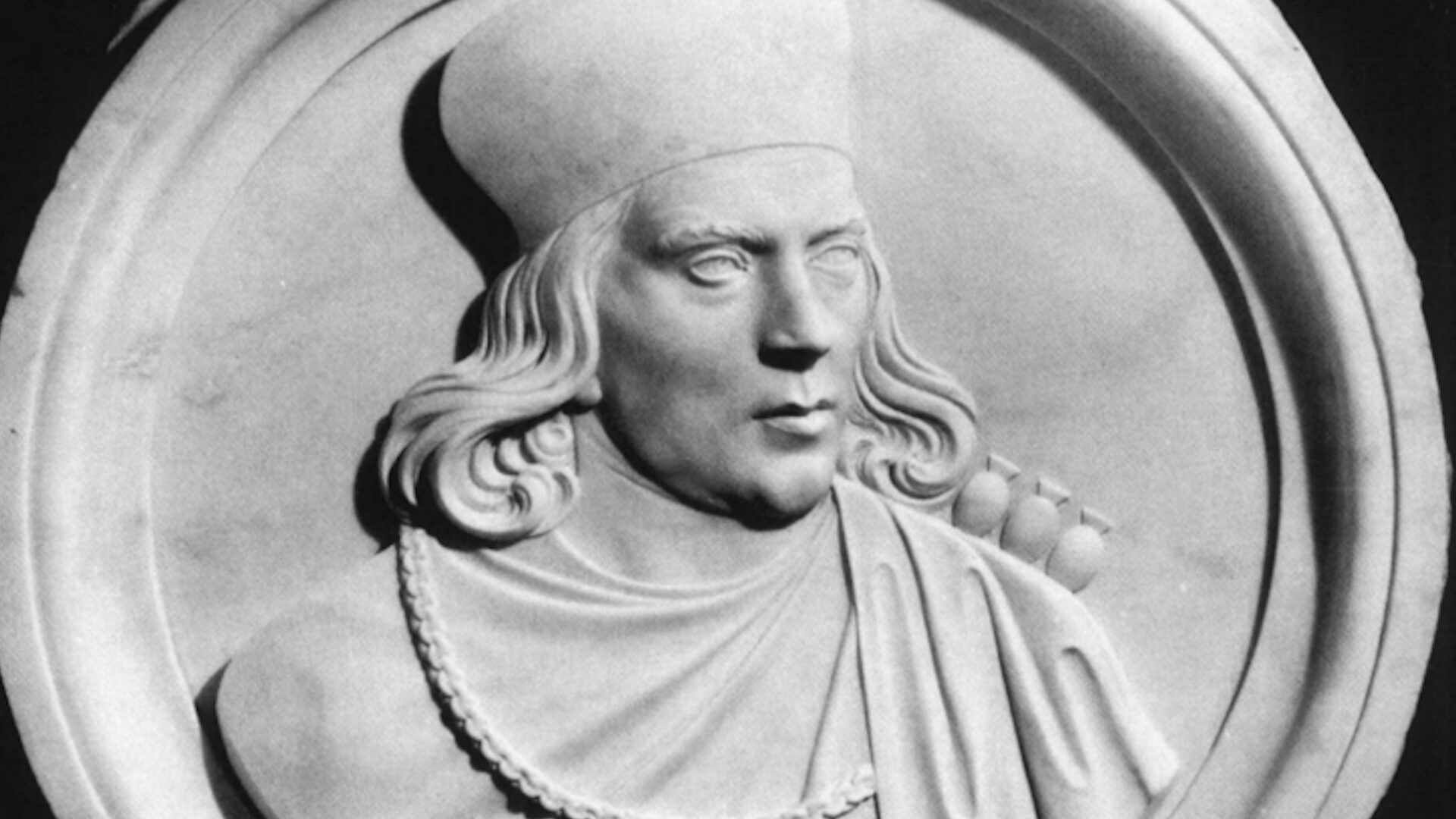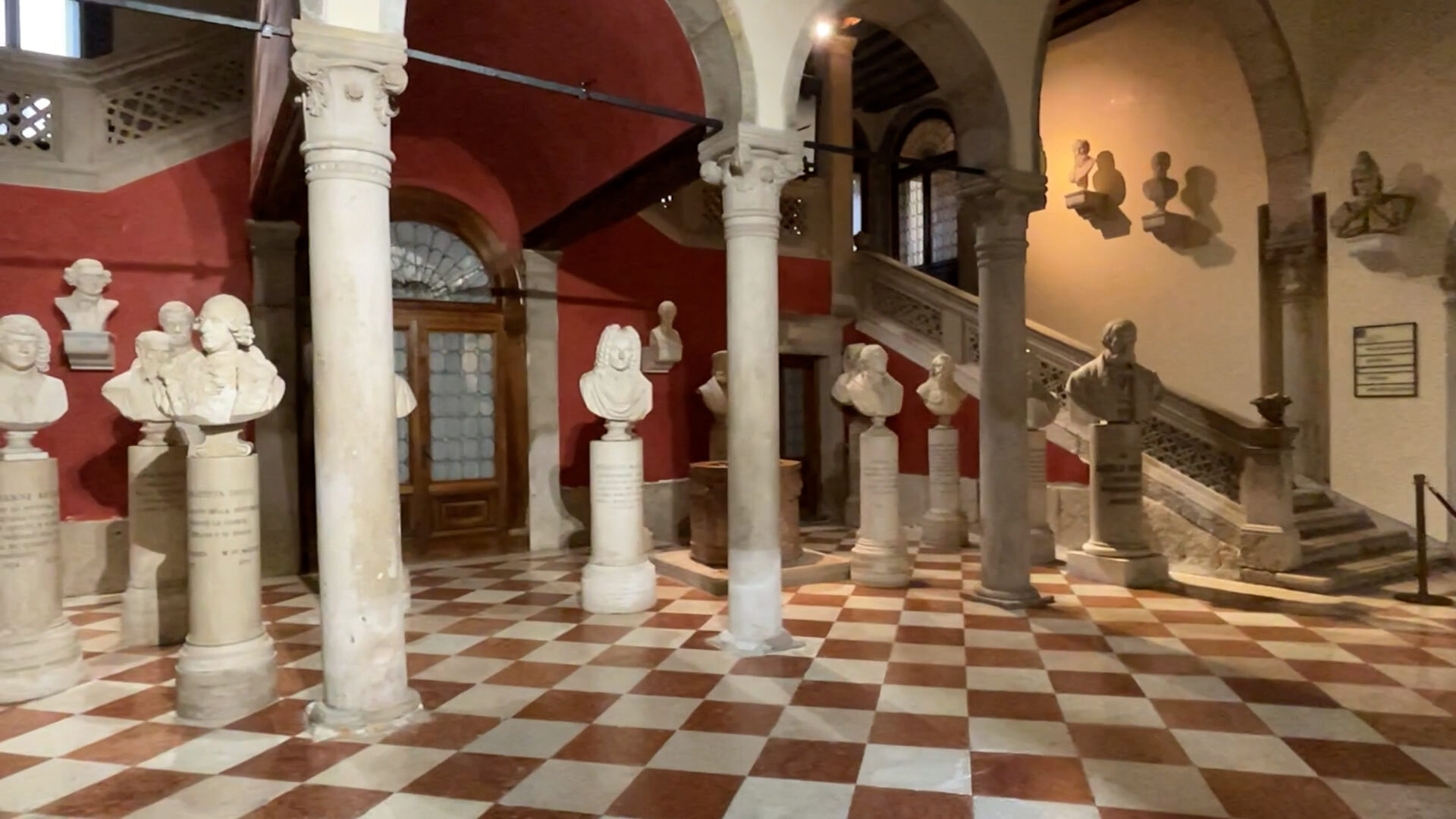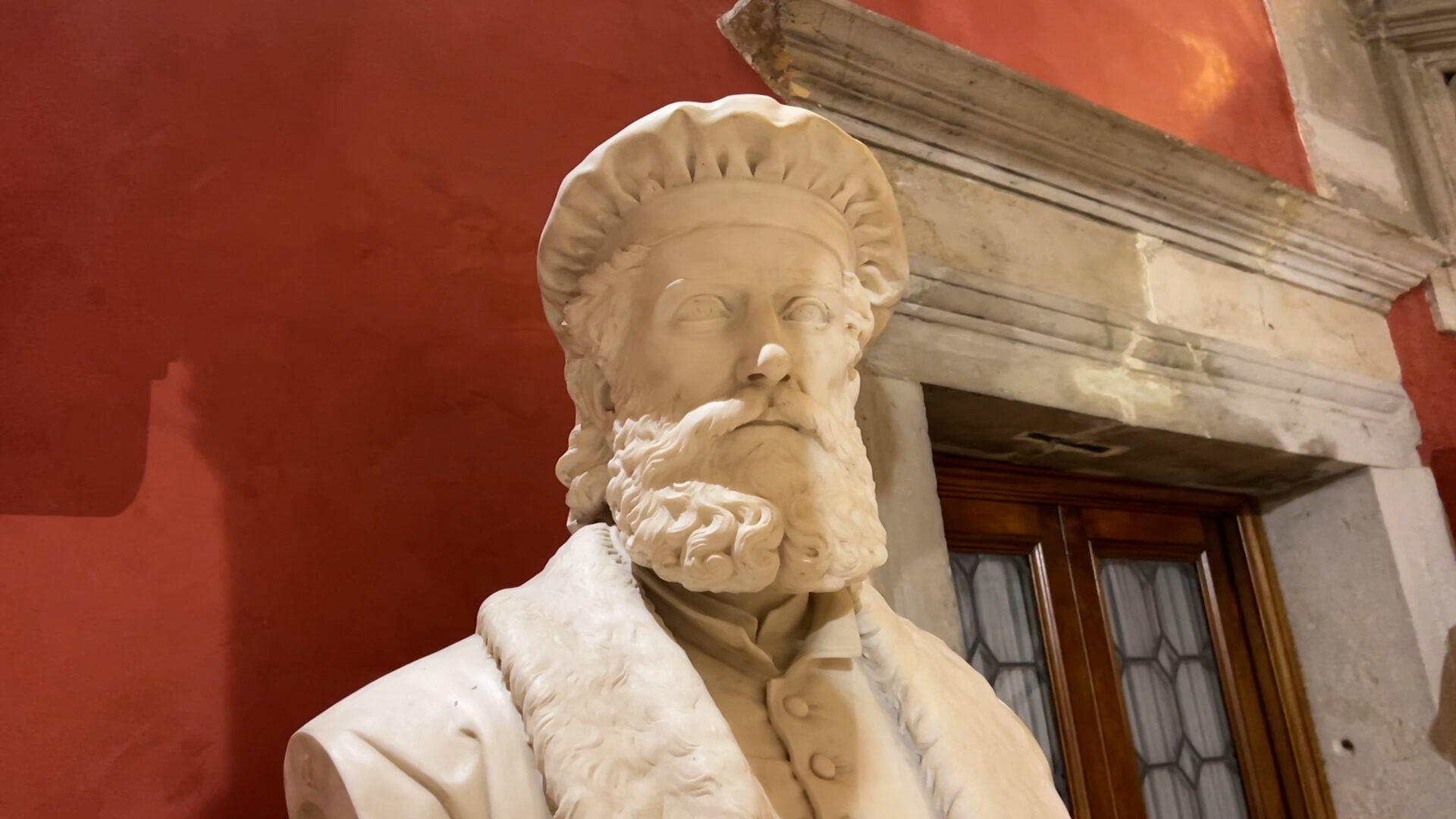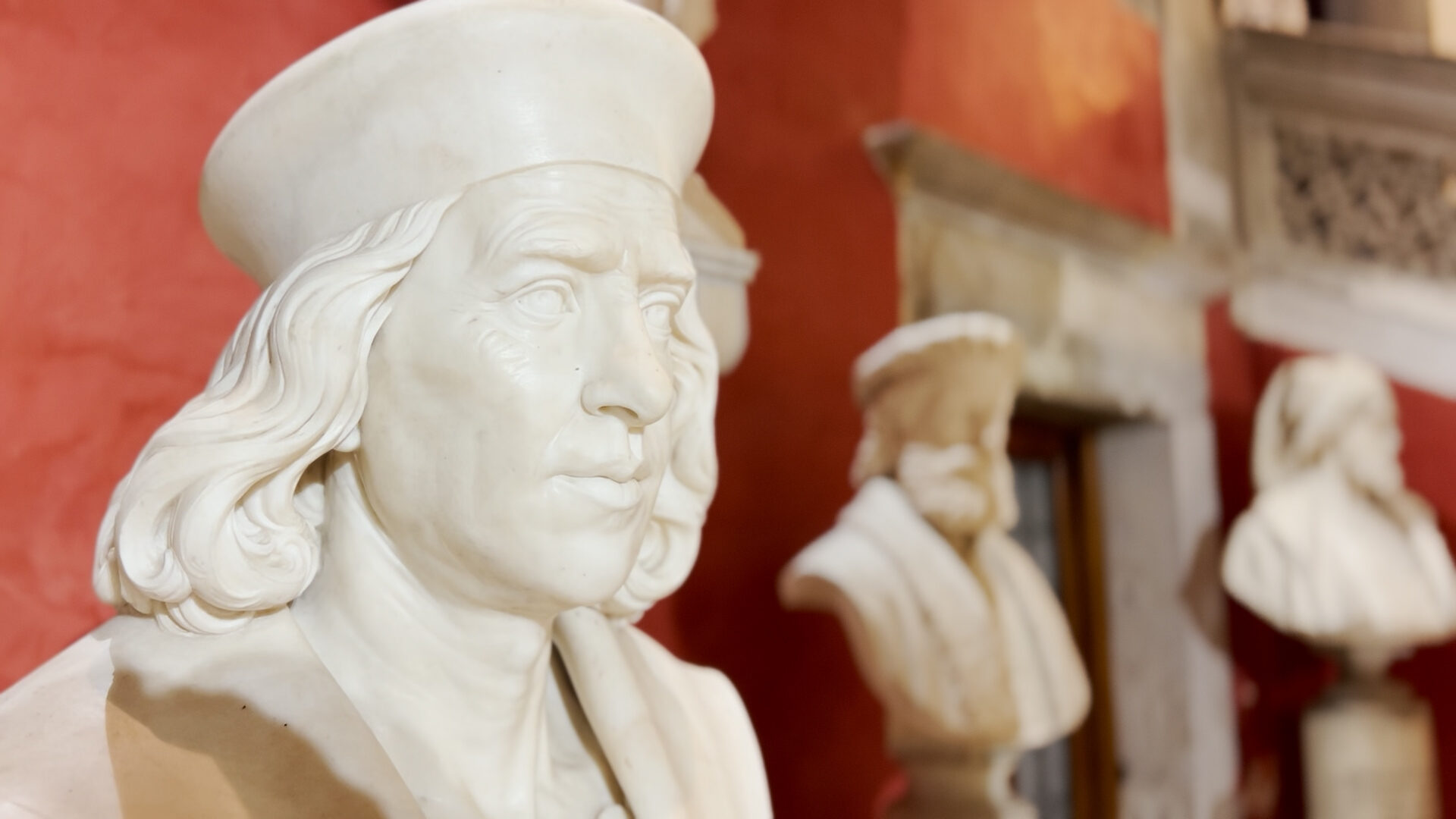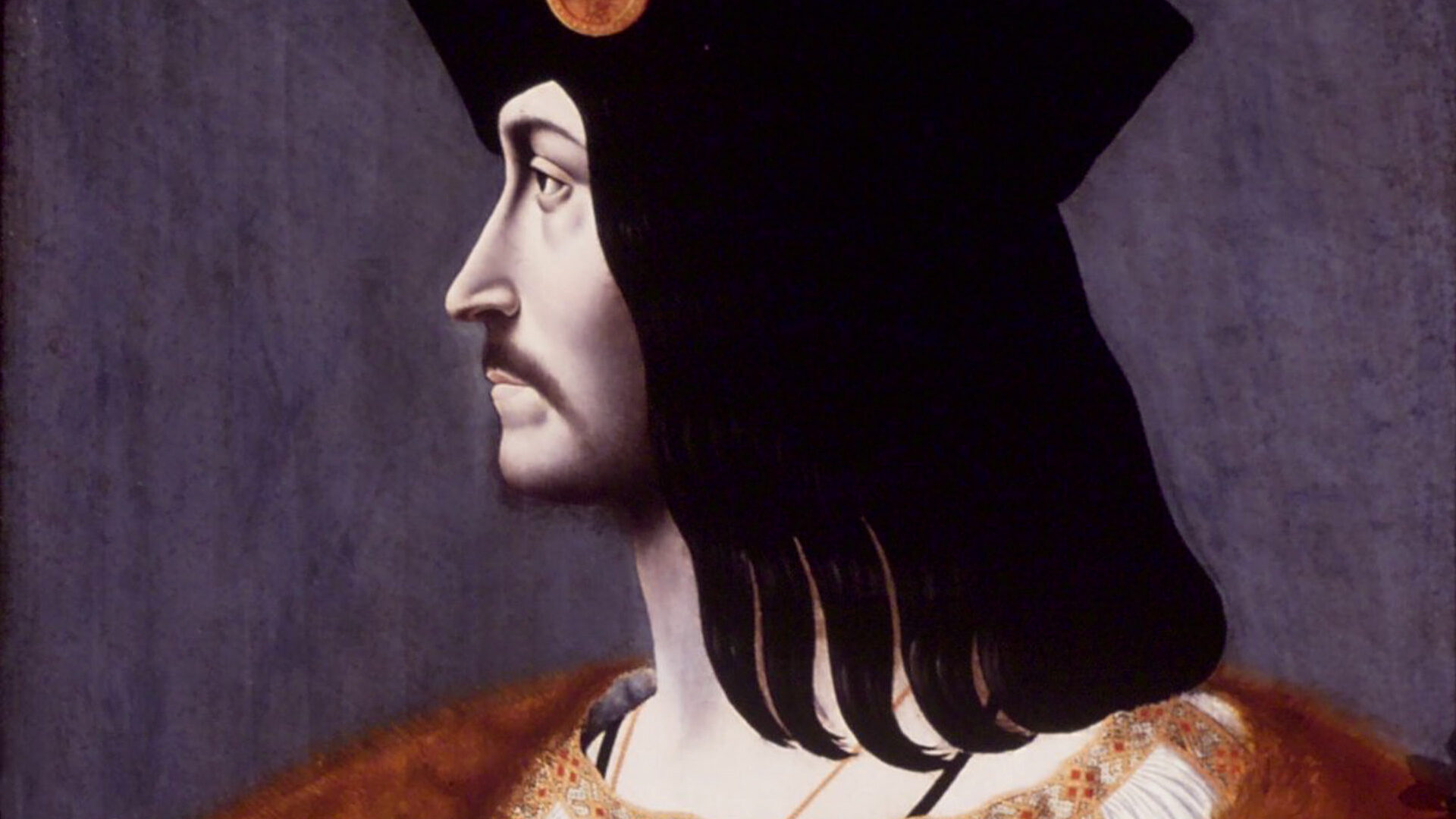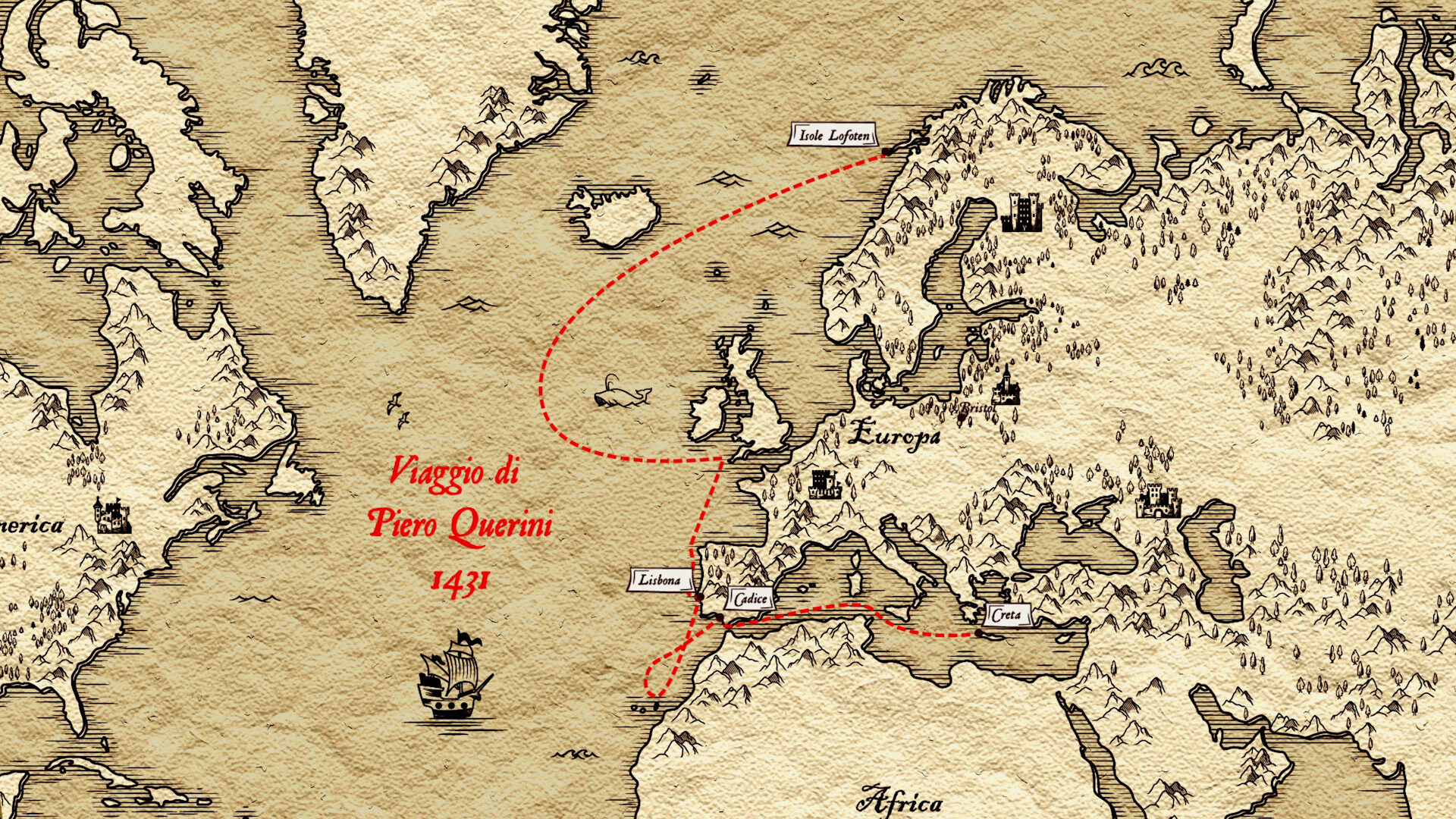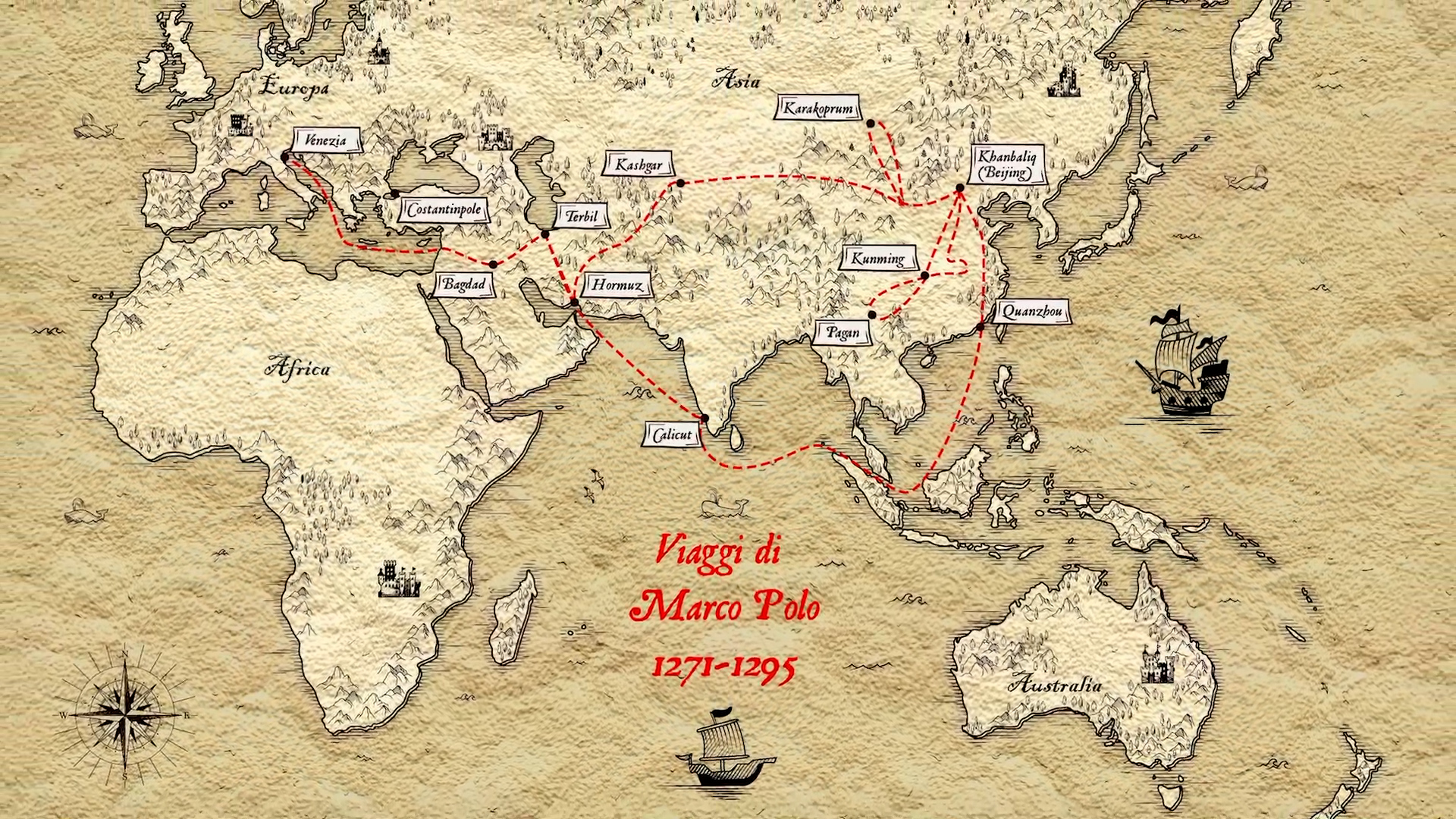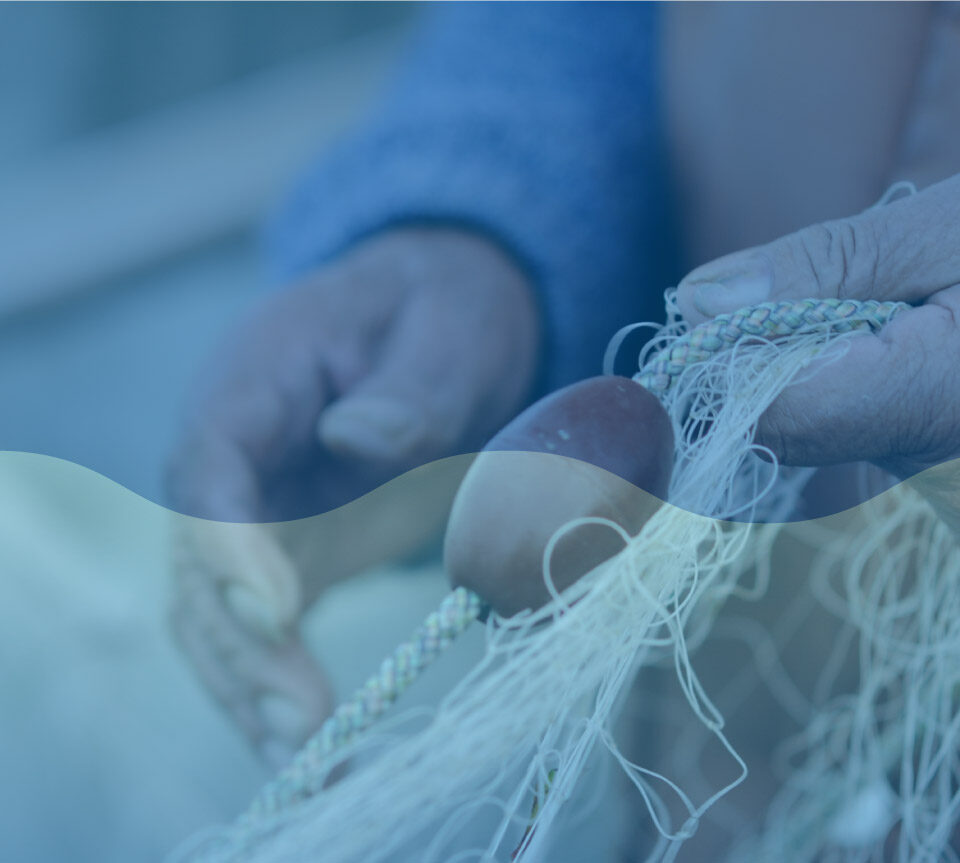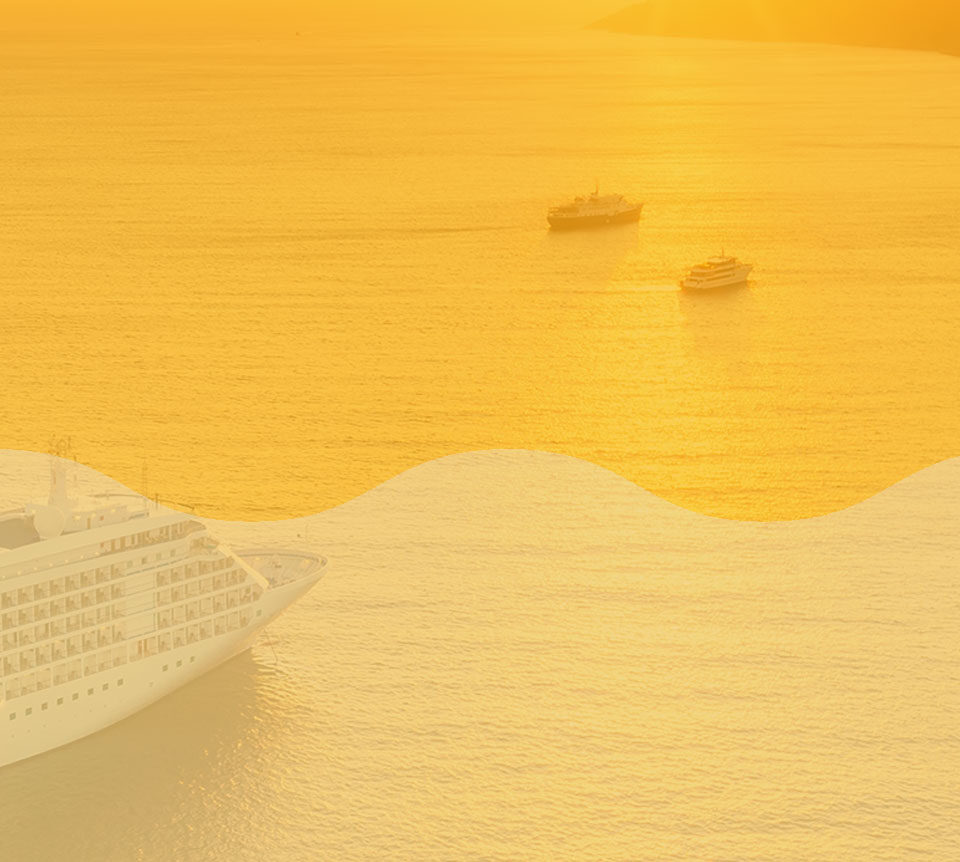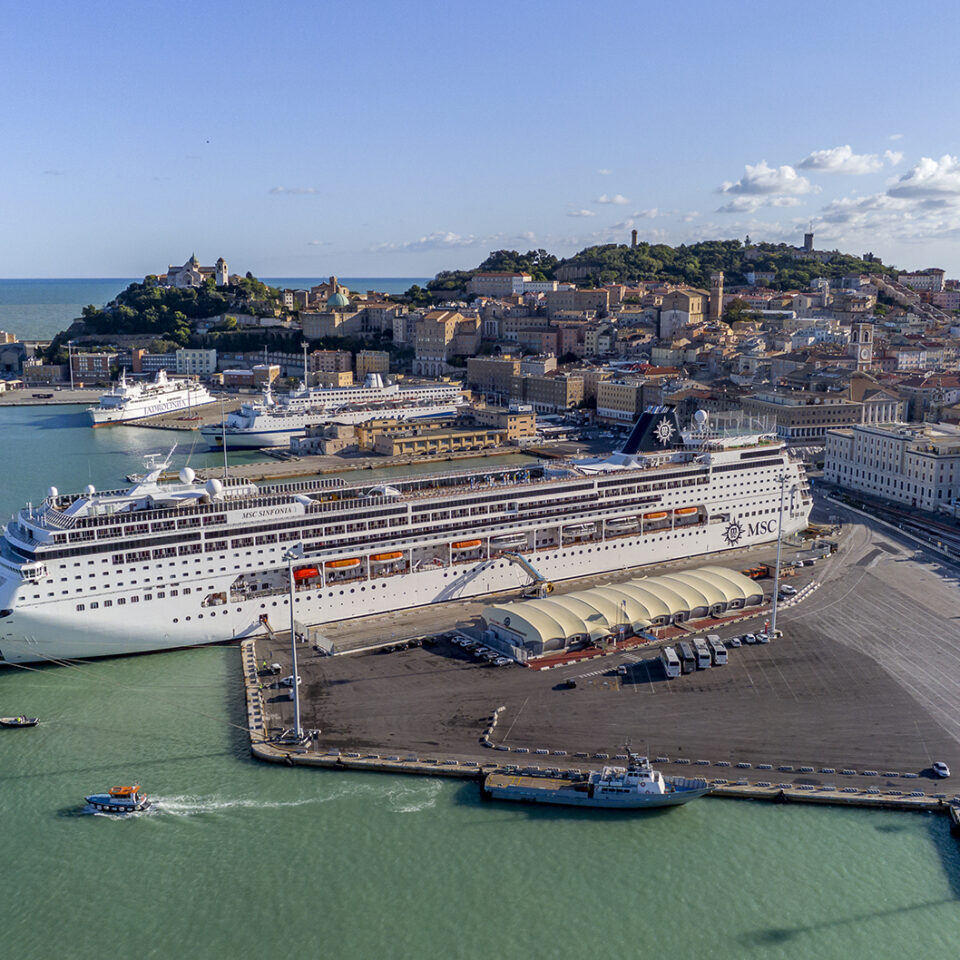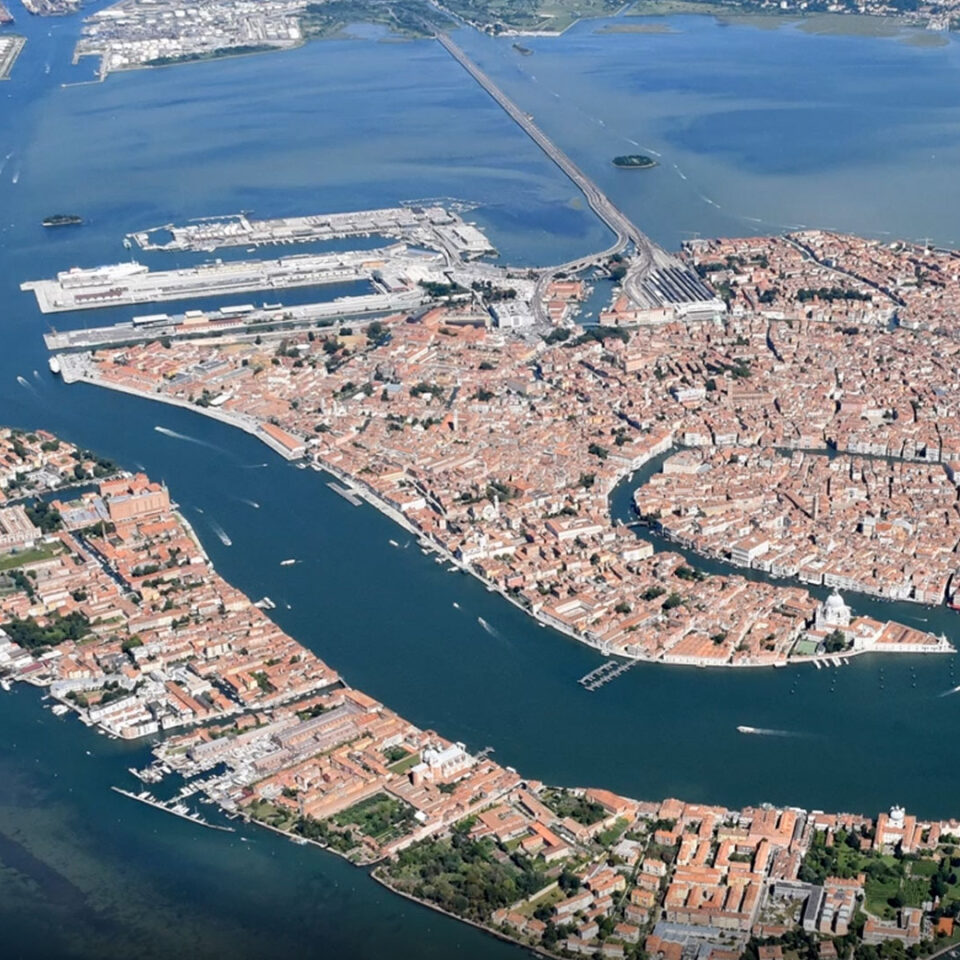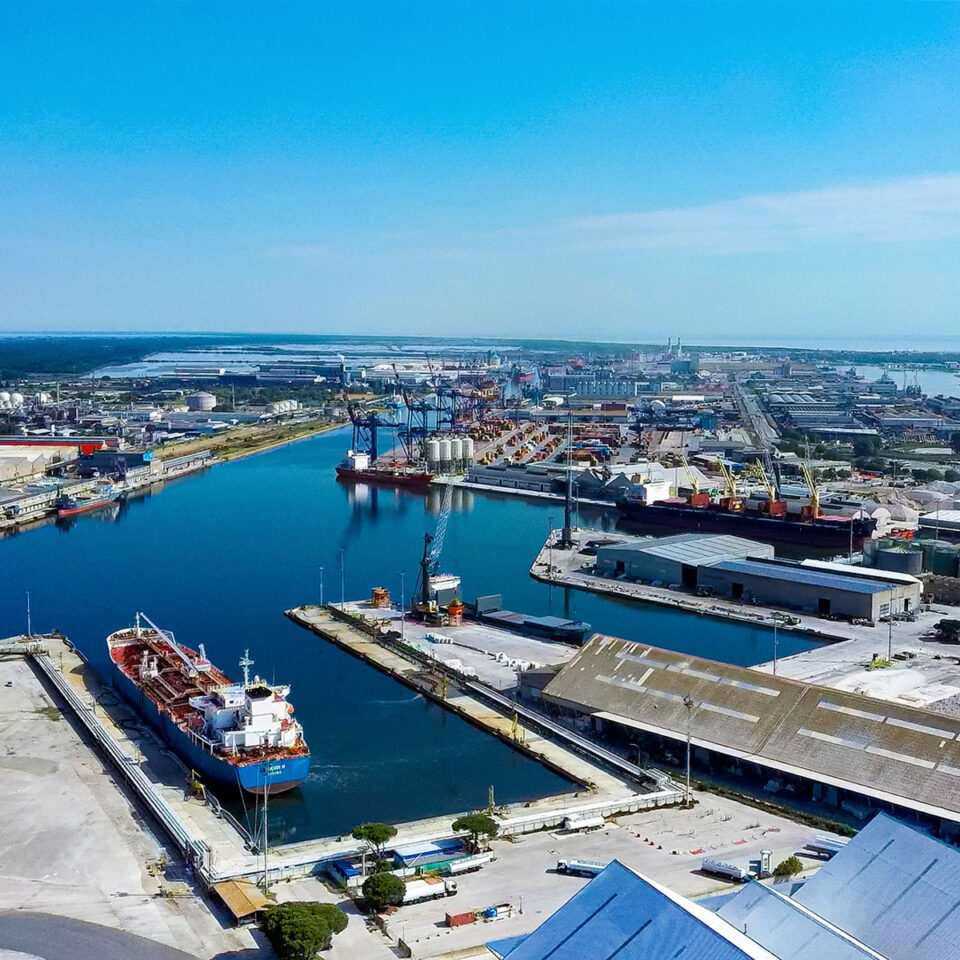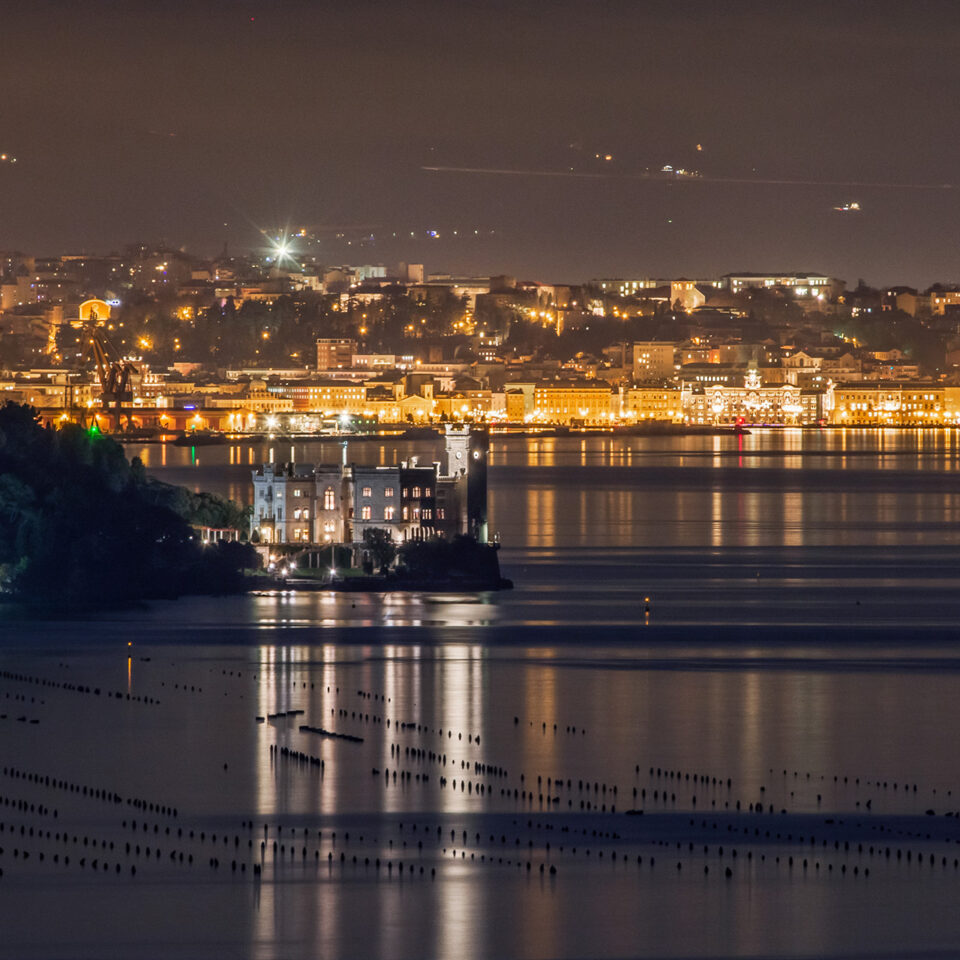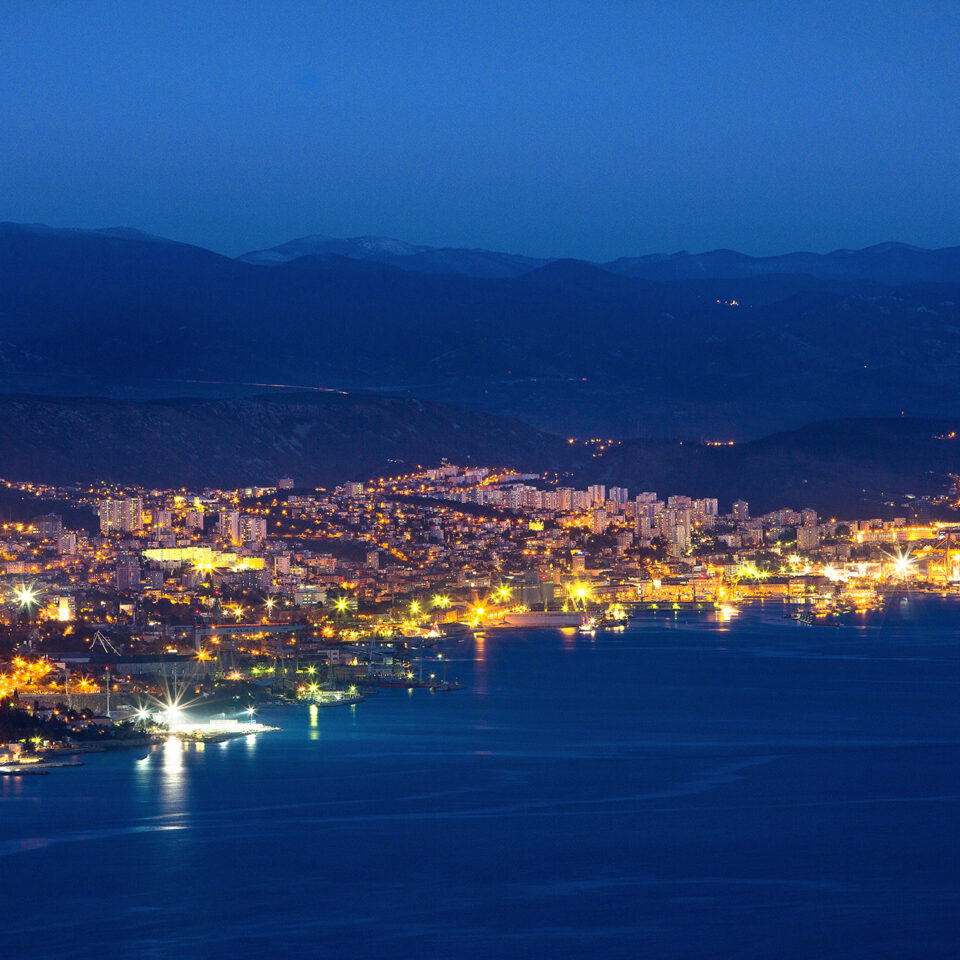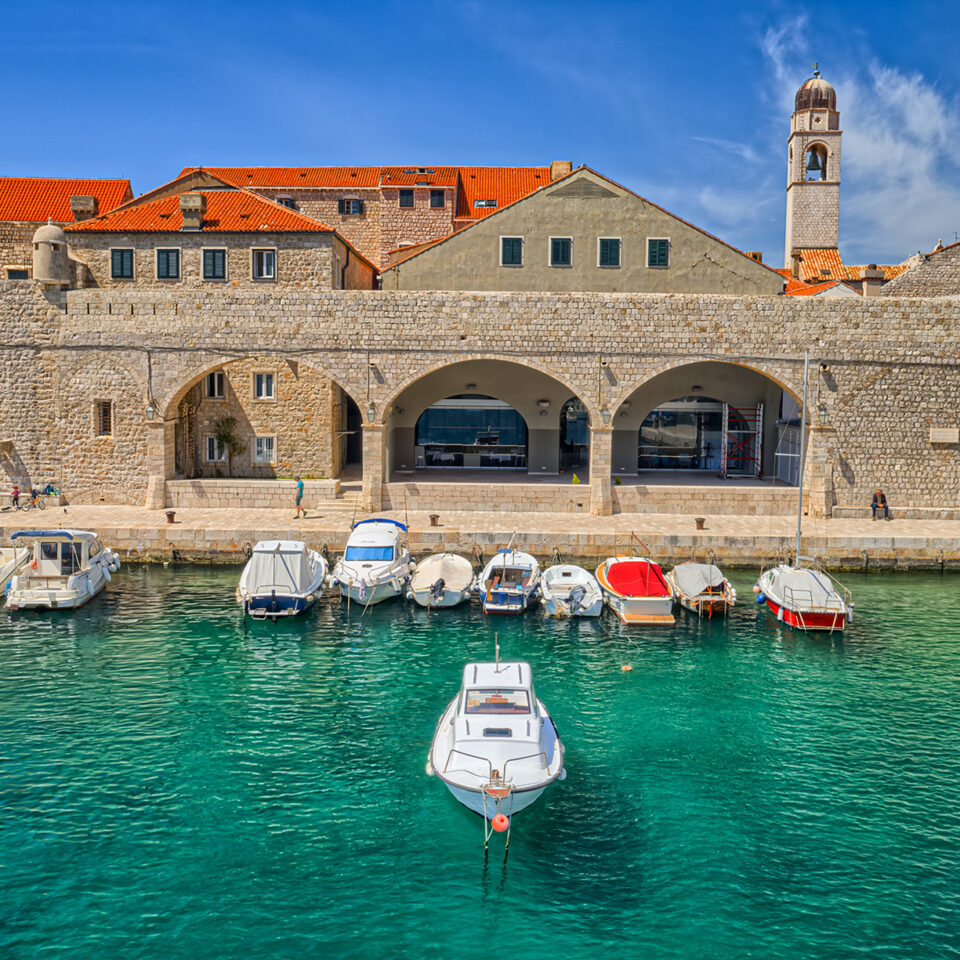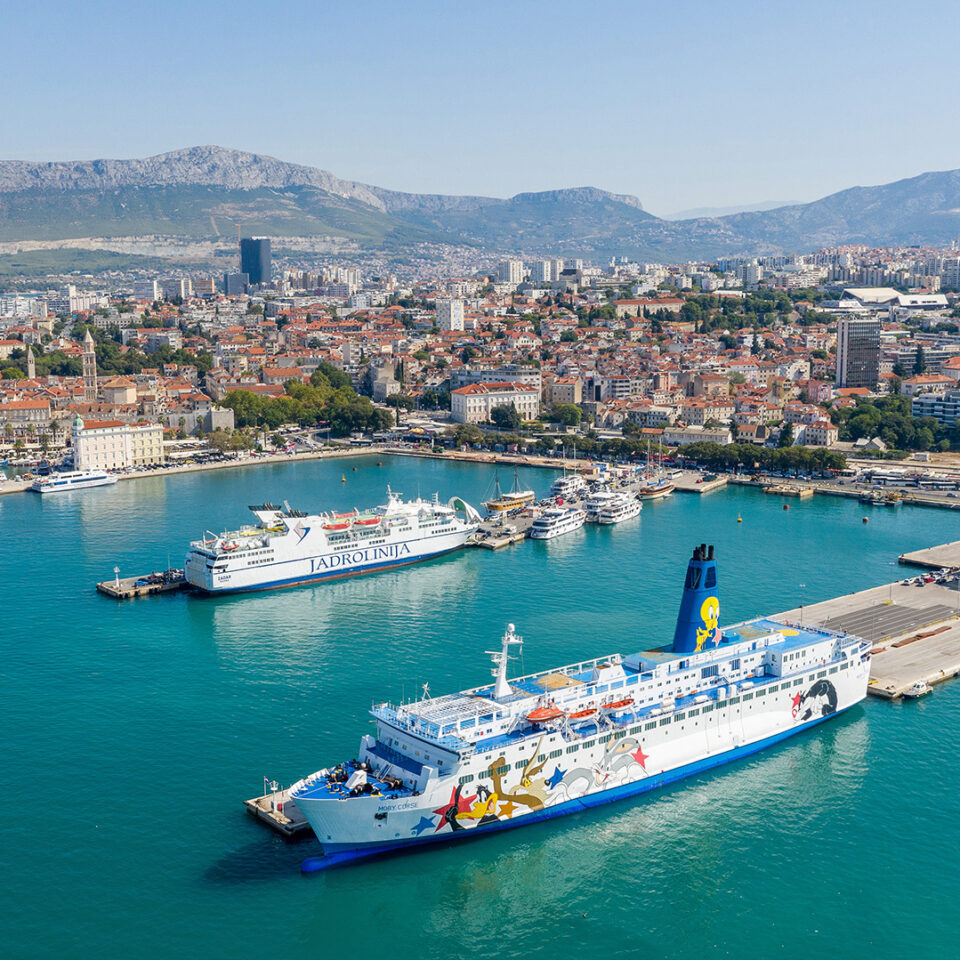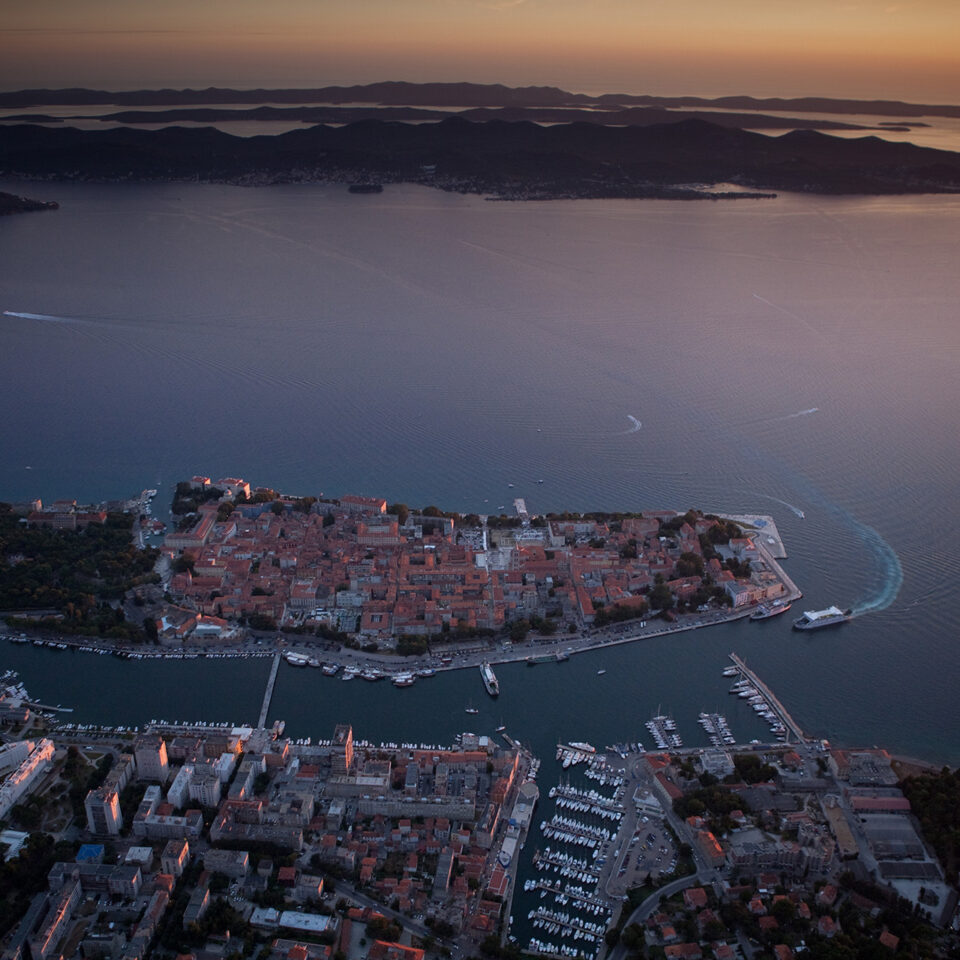

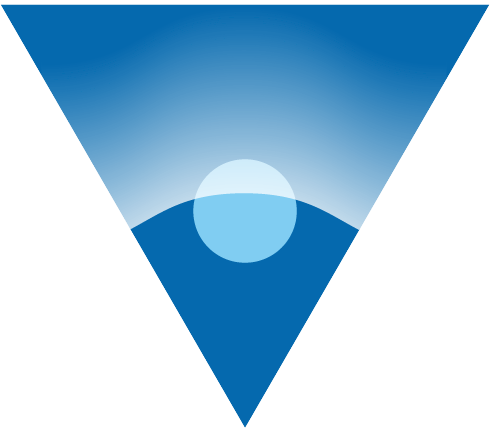
Merchants, navigators and explorers
Venice is a city born around its port, and since its founding it has looked out to the open sea, developing as a port city. The Venetians sailed distant routes, leaving an indelible mark on the history of exploration and maritime trade.
The most famous traveler and merchant is undoubtedly Marco Polo, who spent over twenty years in the Far East at the end of the 13th century. Upon his return to the West, he was captured by the Genoese and during his imprisonment he recounted his journeys to his cellmate Rustichello da Pisa. From these accounts came The Travels of Marco Polo (Il Milione), a book that opened up knowledge of Asian lands in Europe and quickly became a bestseller.
But many other Venetians contributed to expanding the knowledge of the world. The brothers Nicolò and Antonio Zen were among the first to navigate the North Atlantic, long before Christopher Columbus, while Giovanni Caboto (also known as John Cabot) was the first European to reach the coasts of Canada. Alvise da Mosto was the first to explore the west coast of Africa, discovering the Cape Verde islands, while Niccolò de’ Conti from Chioggia set off from Venice for Asia and the Far East, documenting his travels and helping spread European knowledge.
Over time, the famous maritime city also became a key center for spreading geographical discoveries, thanks to its flourishing publishing industry and prestigious cartographic school. The Fra Mauro World Map, created around 1450, was one of the most detailed maps of its era, integrating information gathered from travelers and merchants. Giovanni Battista Ramusio compiled the monumental collection Navigationi et Viaggi, published between 1550 and 1559, which made the accounts of the great explorations accessible to the European public.
Today, although the age of great explorations is over, Venice’s port continues to maintain connections with markets and cultures around the world, keeping alive the maritime vocation that has shaped its history.

